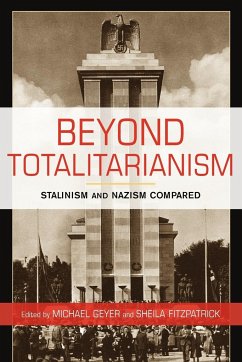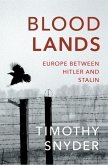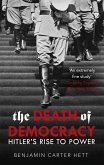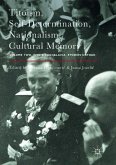In essays written jointly by specialists on Soviet and German history, the contributors to this book rethink and rework the nature of Stalinism and Nazism and establish a new methodology for viewing their histories that goes well beyond the now-outdated twentieth-century models of totalitarianism, ideology, and personality. Doing the labor of comparison gives us the means to ascertain the historicity of the two extraordinary regimes and the wreckage they have left. With the end of the Cold War and the collapse of the Soviet Union, scholars of Europe are no longer burdened with the political baggage that constricted research and conditioned interpretation and have access to hitherto closed archives. The time is right for a fresh look at the two gigantic dictatorships of the twentieth century and for a return to the original intent of thought on totalitarian regimes - understanding the intertwined trajectories of socialism and nationalism in European and global history.
Hinweis: Dieser Artikel kann nur an eine deutsche Lieferadresse ausgeliefert werden.
Hinweis: Dieser Artikel kann nur an eine deutsche Lieferadresse ausgeliefert werden.
'... a valuable volume that illustrates well the strengths and the weaknesses of the comparative analysis of totalitarianism that is frequently found in contemporary area studies. The strengths are the diverse range of topics that are investigated in the individual chapters that make up the bulk of the book, where careful in-depth scholarship provides many revealing insights into the contingent expressions of both Nazism and Stalinism. ... There is a very substantial 70-page bibliography at the end of the book that has been usefully subdivided by topic, which is nearly worth the price of the paperback edition alone.' Europe-Asia Studies








